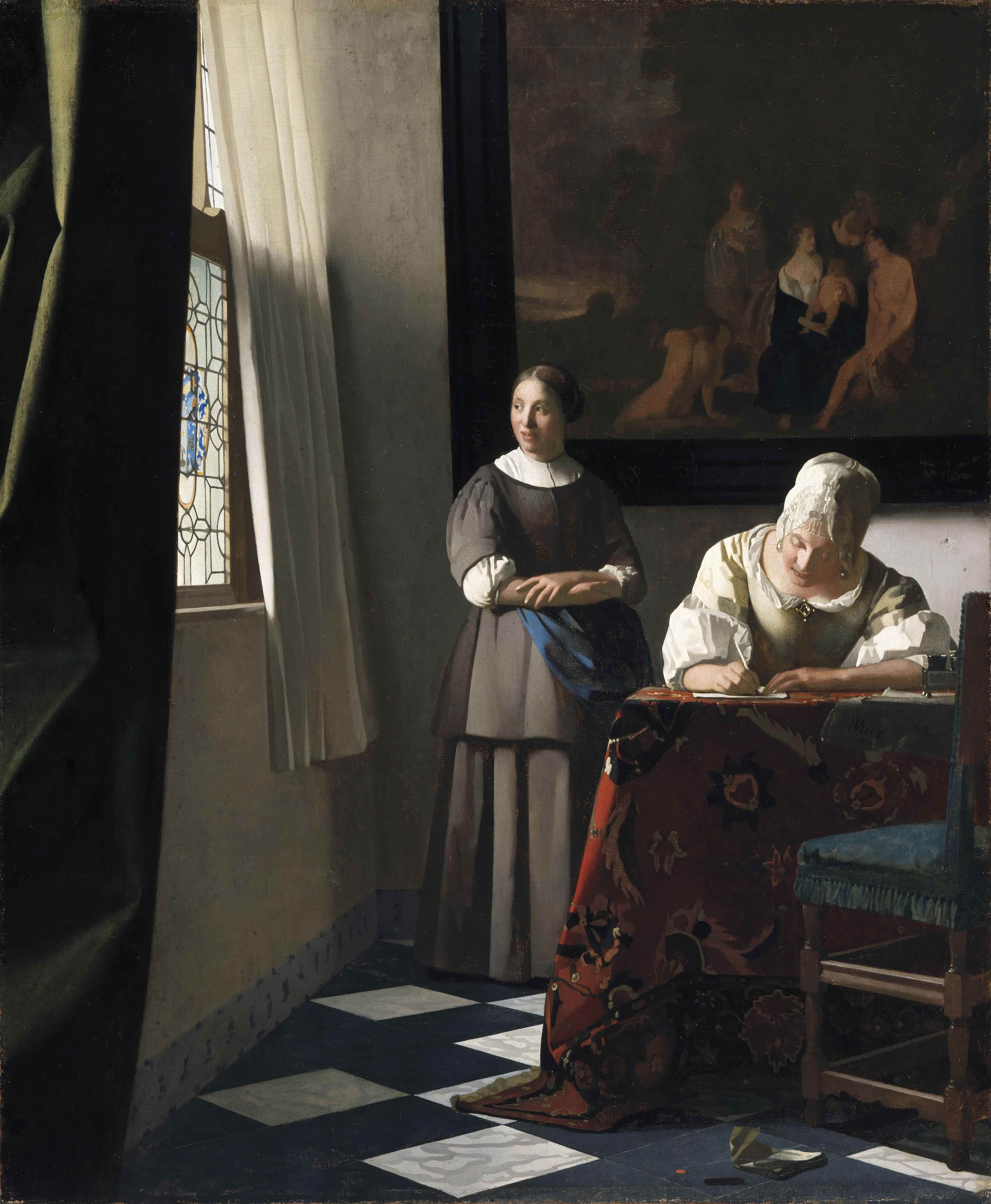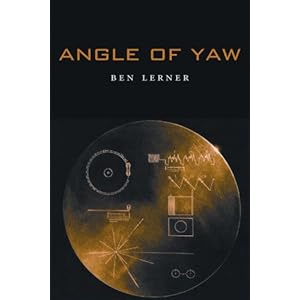
... a cheap modern cartridge pen by Parker or Sheaffer will last you for years, and write unhesitatingly with a consistent line every time you pick it up.
Ciaran Carson, The Pen Friend
Ciaran Carson's The Pen Friend is an epistolary novel whose narrator, Gabriel, is a collector of vintage fountain pens. Each letter contains a discussion of the pen or pens he uses to write the letter, and the book gradually becomes a celebration of fine writing—meaning fine handwriting, and the tools used to produce it. So it was with great pleasure that I read Gabriel's admission, late in the book, that the beautiful pens he loves so are actually not very good tools for writing. In fact, he admits, cheap modern pens are much better tools than his collection of older, more elegant pens. The modern ones may be boring, but they write better.
Fortunately, Carson's reflective novel is anything but boring. As with his Fishing for Amber, the novel becomes a reflective essay on all kinds of subjects, while also spinning out variations on his wonderful verse novel For All We Know: Gabriel and his correspondent Nina are the two characters from that book—or at least versions of them. Each of Gabriel's letters is a response to a cryptic postcard from his former lover Nina, and the pictures on the postcards introduce new chapters, as do pictures of the pens Gabriel uses to write each letter. My favorite picture is the Vermeer:

Ciaran Carson, The Pen Friend
Ciaran Carson's The Pen Friend is an epistolary novel whose narrator, Gabriel, is a collector of vintage fountain pens. Each letter contains a discussion of the pen or pens he uses to write the letter, and the book gradually becomes a celebration of fine writing—meaning fine handwriting, and the tools used to produce it. So it was with great pleasure that I read Gabriel's admission, late in the book, that the beautiful pens he loves so are actually not very good tools for writing. In fact, he admits, cheap modern pens are much better tools than his collection of older, more elegant pens. The modern ones may be boring, but they write better.
Fortunately, Carson's reflective novel is anything but boring. As with his Fishing for Amber, the novel becomes a reflective essay on all kinds of subjects, while also spinning out variations on his wonderful verse novel For All We Know: Gabriel and his correspondent Nina are the two characters from that book—or at least versions of them. Each of Gabriel's letters is a response to a cryptic postcard from his former lover Nina, and the pictures on the postcards introduce new chapters, as do pictures of the pens Gabriel uses to write each letter. My favorite picture is the Vermeer:





